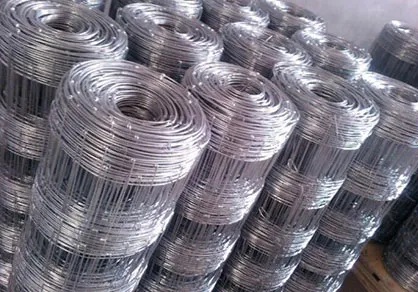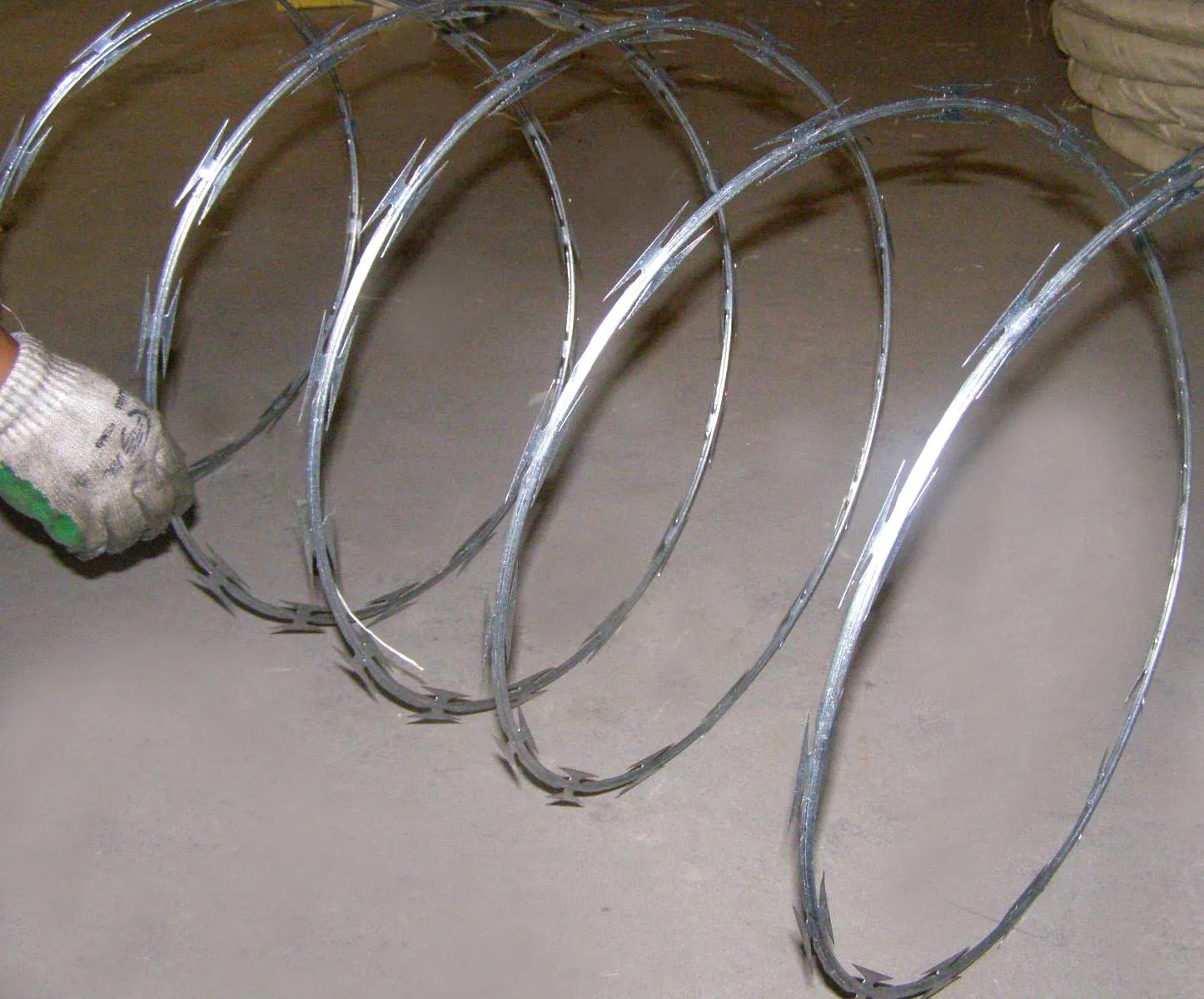

Considerations and Challenges Despite its advantages, barbed iron wire has certain limitations. Its aesthetic appeal is often questioned, as it can appear uninviting or harsh. This makes it less suitable for properties prioritizing curb appeal or environments where visual harmony is a concern. Safety is another consideration. The sharp barbs can pose a risk of injury to humans and animals, necessitating careful placement and visibility warnings. Regulatory guidelines must be consulted to ensure compliance, especially in urban areas where safety and liability issues are paramount. Environmental Impact and Ethical Concerns The production and disposal of barbed iron wire have environmental repercussions. The steel manufacturing process is resource-intensive and contributes to carbon emissions. Moreover, abandoned wire poses a hazard to wildlife, causing potential entanglements and injuries. Thus, responsible sourcing and disposal are crucial, aligning with sustainable practices and minimizing ecological footprints. Future Innovations The future of barbed iron wire lies in technological advancements that address its current limitations. Innovations such as biodegradable barbs, improved corrosion resistance, and integration with electronic monitoring systems are under exploration. These enhancements aim to merge traditional fencing solutions with modern technology, providing smarter and more sustainable security options. In synthesizing historical significance, practical applications, and future potential, barbed iron wire emerges as a multifaceted product. Its enduring legacy is a testament to its effectiveness, yet evolving demands necessitate continuous adaptation. By harnessing its strengths and mitigating its weaknesses, barbed iron wire can remain a vital component in the quest for security and order.

















